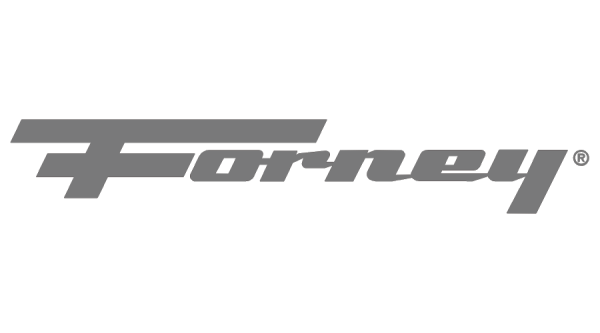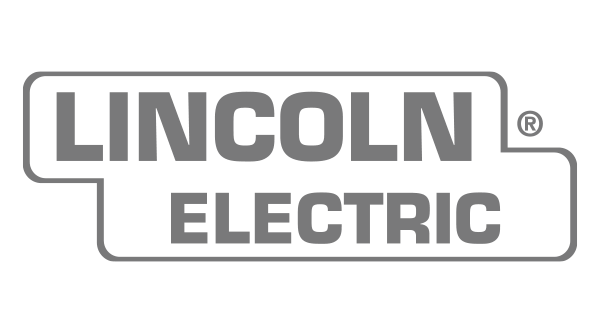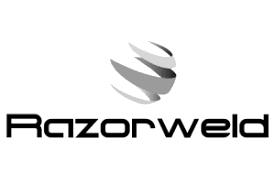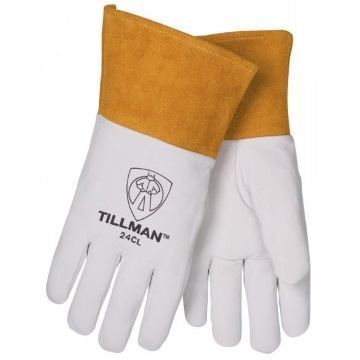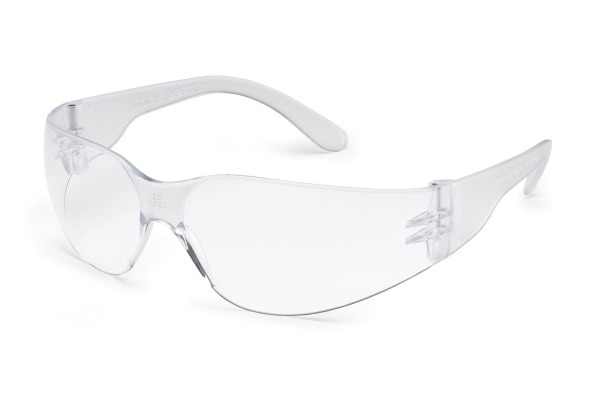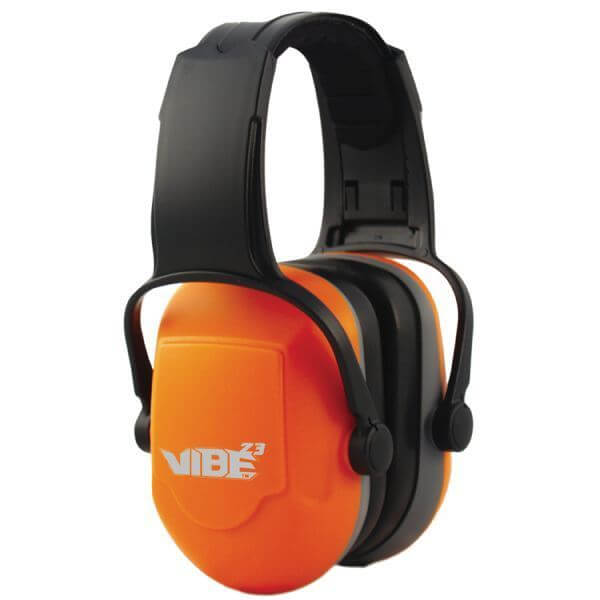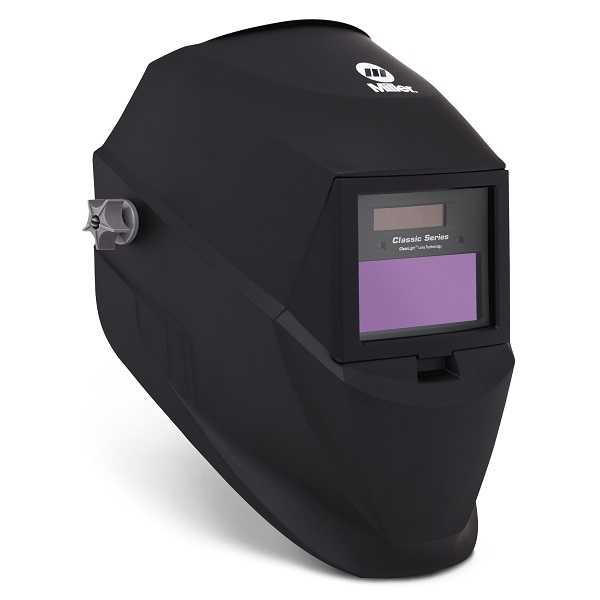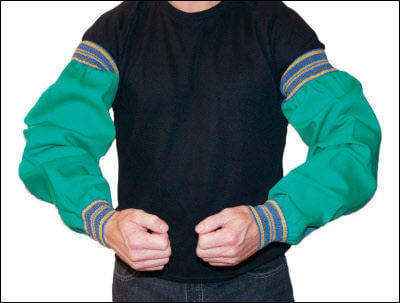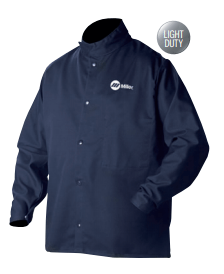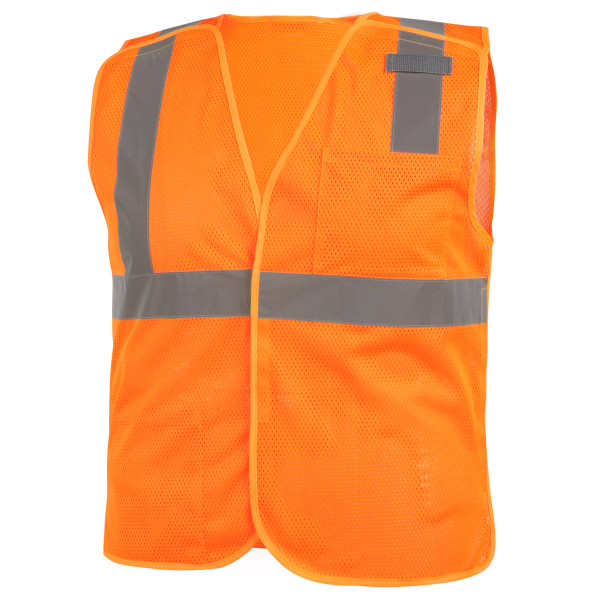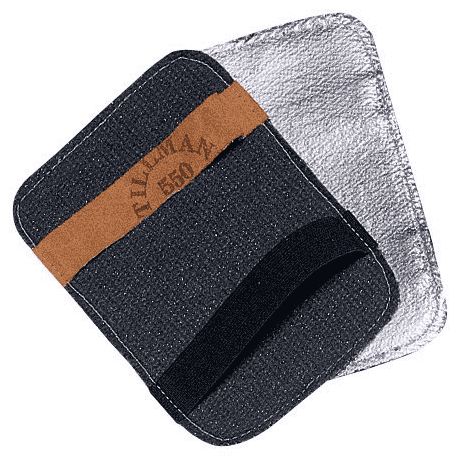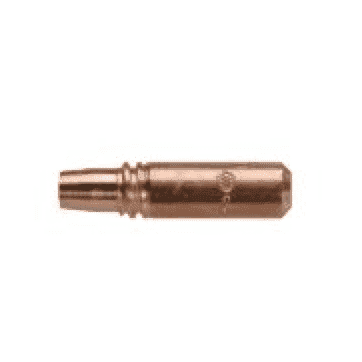Helmets By Type of Welding
Helmets By Applications
Welding Helmets Under $200
Helmets for Arc Welding: Best Selection, Best Prices
All the helmets we offer for sale can be used for any arc welding process. Choosing the one best suited to your work comes down to factors like brand preference (if you have one), weight (if this is a critical factor for you), and whether you prefer a fixed shade lens or an auto-darkening lens. Whatever your preference, you can count on the lowest online price when you buy from Welders Supply, plus free shipping within the continental US on all orders over $300.
If your work involves any type of arc welding, you need a helmet capable of shielding you from the harsh arc light. You might think the lens shade number for a helmet refers to the degree of eye protection the lens affords your eyes, with the higher number providing greater protection. Actually, though, all decent quality welding helmet lenses have a screen that filters all the harmful UV (ultraviolet) and IR (infrared) wavelengths.
The numbers you see for lens shades refer to how dark the lens is. If you are working in a dark room, you would use a lighter shade of lens. Conversely, if you are working outdoors or in bright light, you’d want to choose a darker shade lens. The key is to choose a shade that lets you clearly see the weld puddle.
What is arc welding, anyway?
The term “arc welding” comes from the way in which metals are joined. In arc welding, the metals are fused together by the concentrated heat of an electric arc melting a consumable electrode. The molten electrode forms a weld puddle, which conjoins the pieces of metal as it cools.
The 5 types of arc welding:
Variable Shade Helmets vs Fixed Shade
Fixed shade helmets are fine if you’re using the same arc welding process on the same material in the same lighting. This is rarely the case, however. Most welders have a pretty varied workload, and if this describes you then you’ll be better off with a variable shade helmet that either adjusts automatically or manually to the right darkness for the type of welding you’re doing and the environment you’re working in.
5 Things to Look for in a Welding Helmet
Light weight: The lighter the helmet, the less strain you’ll feel on your neck by the end of the day. Most helmets today are light weight compared to those of just 5 years ago, but if you are concerned about neck strain or have cervical problems you should look at the spec charts for the lightest weight helmet you can find.
Sensor bar: A sensor bar is a great feature if you work next to other welders, as it limits the field of response so your helmet won’t keep getting triggered by the welder next to you.
Spatter shield: A clear, curved spatter shield over the lens allows you to clearly see your work.
Adjustability: To ensure a great fit, look for a fully adjustable helmet. If you wear glasses, you’ll definitely want a helmet that allows you to adjust how close the helmet sits to your face.
Availability of replacement parts: A used helmet may seem like a good low cost option, but just be aware that you will likely have problems finding replacement parts for it. New helmets from reputable manufacturers like Miller, Jackson and 3M Speedglas not only incorporate the latest technologies, but replacement parts are readily available.






